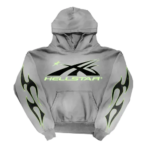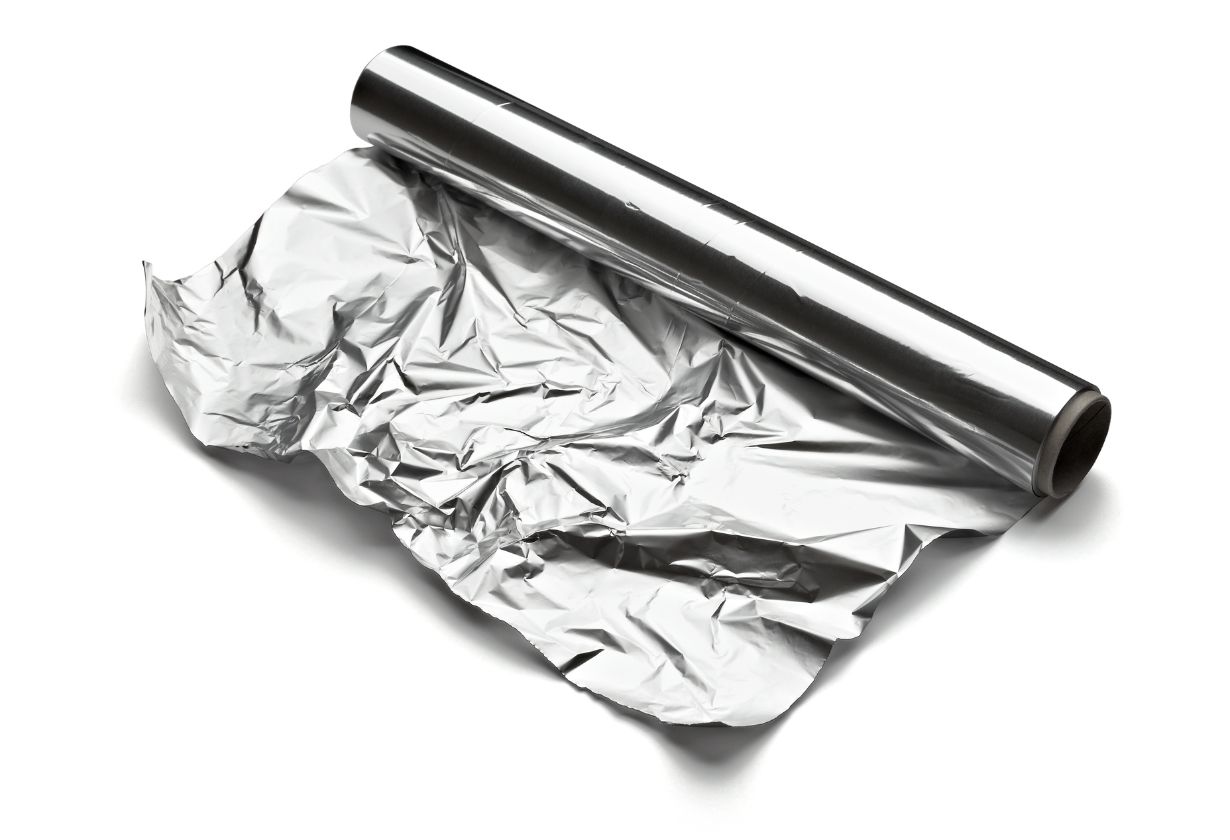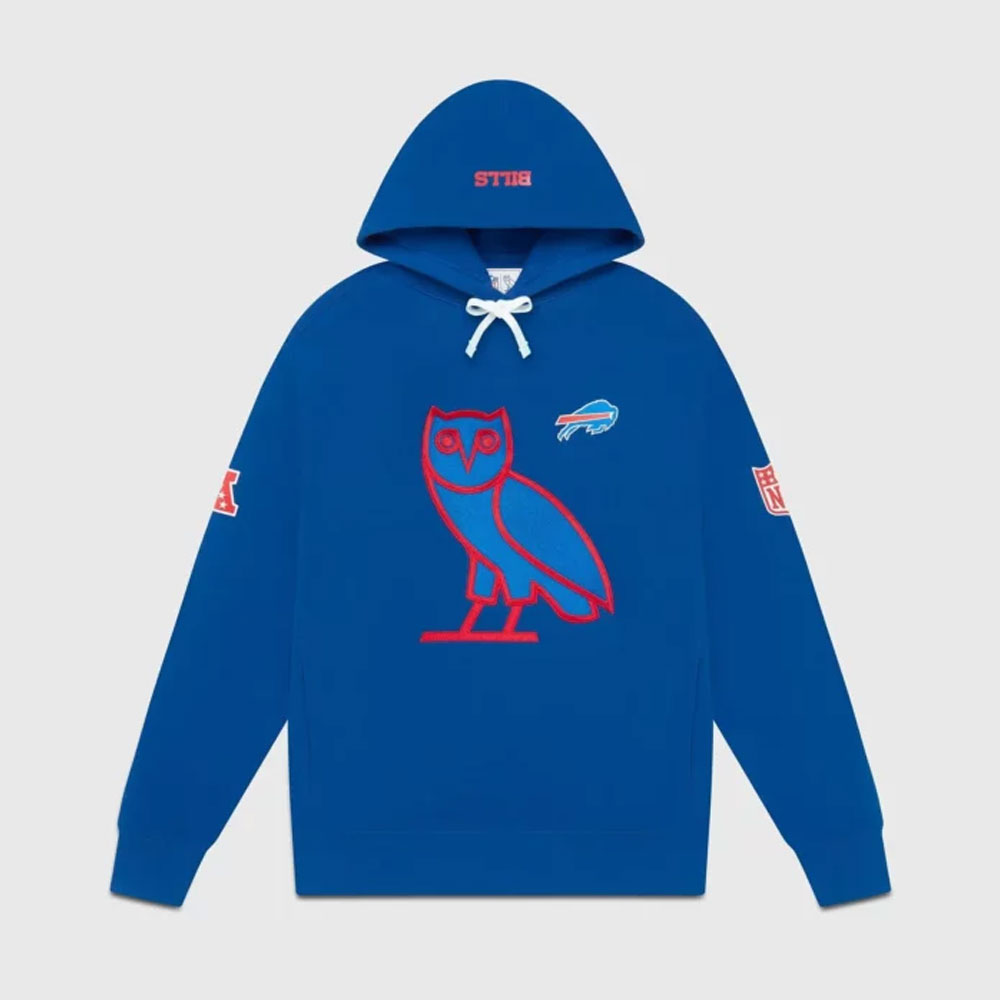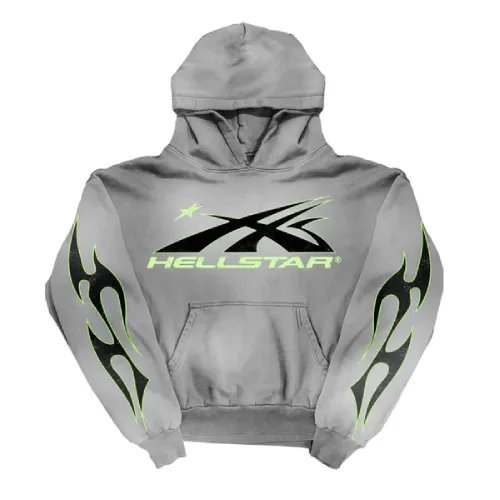In today’s competitive marketplace, product presentation plays a pivotal role in influencing consumer decisions. Custom blister packaging has emerged as a versatile and effective solution, offering both protection and aesthetic appeal. This article delves into the world of custom blister packaging, exploring its benefits, applications, design considerations, environmental impact, and future trends.
What is Blister Packaging?
Blister packaging is a form of pre-formed plastic packaging used for small consumer goods, foods, and pharmaceuticals. It typically consists of a cavity or pocket made from a formable web, usually a thermoformed plastic. This cavity contains the product and is often sealed with a paperboard backing or aluminum foil.
Benefits of Custom Blister Packaging
1. Enhanced Product Protection
One of the primary advantages of blister packaging is its ability to protect products from environmental factors such as moisture, light, and air. The sealed plastic cavity ensures that the product remains intact and uncontaminated until it reaches the consumer.
2. Improved Visibility and Appeal
Custom blister packaging allows products to be displayed prominently. The clear plastic front showcases the product, making it easy for consumers to see what they are purchasing. This transparency can significantly enhance the product’s appeal on retail shelves.
3. Tamper-Evident Features
Blister packaging can incorporate tamper-evident features, providing an added layer of security. Consumers can easily identify if a product has been tampered with, ensuring that they are purchasing a safe and unaltered item.
4. Versatility in Design
With custom blister packaging, businesses can tailor the packaging to fit their specific product needs. This includes unique shapes, sizes, and branding elements that align with the company’s image and marketing strategy.
5. Cost-Effective Solution
Blister packaging is generally a cost-effective option, especially for high-volume products. The materials used are relatively inexpensive, and the automated production process can lead to significant savings in packaging costs.
Applications Across Industries
1. Pharmaceuticals
In the pharmaceutical industry, blister packaging is widely used for its ability to protect sensitive medications. It ensures that pills and capsules remain uncontaminated and retains their potency over time. Blister packs also offer a convenient way to provide dosing information and track medication usage.
2. Electronics
For small electronic components and accessories, blister packaging offers excellent protection against static and physical damage. It also allows for clear visibility, making it easy for consumers to identify the product and its features.
3. Toys and Games
Blister packaging is a popular choice for toys and games, providing a clear view of the product while keeping it secure. The packaging can be designed to include attractive graphics and branding, enhancing its appeal to children and parents alike.
4. Hardware and Tools
In the hardware industry, blister packaging is used to display and protect items such as screws, nails, and small tools. The packaging ensures that the products remain organized and easy to access while preventing them from being damaged or lost.
5. Food Products
Blister packaging is also utilized in the food industry for items like chewing gum, candies, and snack portions. It provides an effective barrier against contamination and extends the shelf life of the products.
Design Considerations for Custom Blister Packaging
Creating effective custom blister packaging involves several design considerations to ensure functionality and appeal.
1. Material Selection
Choosing the right material is crucial for the success of blister packaging. Common materials include PVC (polyvinyl chloride), PET (polyethylene terephthalate), and PP (polypropylene). Each material has its own set of properties, such as clarity, durability, and recyclability, which need to be considered based on the product’s requirements.
2. Product Fit
The packaging must be designed to fit the product precisely. This involves creating a mold that holds the product securely without causing damage. The fit should also allow for easy removal by the consumer.
3. Aesthetic Appeal
Custom blister packaging should be visually appealing to attract consumers. This includes incorporating branding elements, vibrant colors, and high-quality graphics. The design should align with the overall brand image and marketing strategy.
4. Ease of Use
The packaging should be easy to open while maintaining its protective qualities. This involves designing perforations, tabs, or peelable seals that allow consumers to access the product without frustration.
5. Sustainability
With growing environmental concerns, it’s essential to consider the sustainability of the packaging materials and design. This includes using recyclable materials, reducing material usage, and designing for minimal environmental impact.
Environmental Impact of Blister Packaging
1. Material Choices
The environmental impact of blister packaging largely depends on the materials used. PVC, while cost-effective and durable, is not easily recyclable and can release harmful chemicals if not disposed of properly. Alternatives like PET and PP offer better recyclability and lower environmental impact.
2. Recycling and Waste Management
To minimize environmental impact, it’s crucial to design blister packaging that can be easily recycled. This involves using materials that are widely accepted in recycling programs and providing clear recycling instructions to consumers.
3. Innovative Solutions
The packaging industry is continuously evolving to address environmental concerns. Innovations such as biodegradable plastics, compostable materials, and reusable packaging solutions are gaining traction. Companies are also exploring ways to reduce material usage and improve the overall sustainability of their packaging.
Future Trends in Blister Packaging
1. Smart Packaging
The integration of technology into packaging, known as smart packaging, is an emerging trend. This includes features like QR codes, NFC (near-field communication) tags, and sensors that provide additional information and enhance the consumer experience.
2. Personalization
Personalized packaging is becoming increasingly popular, allowing companies to create unique packaging for individual consumers or specific market segments. This can involve customized graphics, messages, or even packaging shapes.
3. Eco-Friendly Innovations
As sustainability becomes a top priority, the development of eco-friendly packaging solutions is expected to accelerate. This includes the use of renewable materials, biodegradable plastics, and packaging designs that reduce waste and energy consumption.
4. Enhanced Security Features
With the rise of counterfeit products, especially in the pharmaceutical and electronics industries, the demand for enhanced security features in blister packaging is growing. This includes tamper-evident seals, holograms, and unique identifiers that ensure product authenticity.
Conclusion
Custom blister packaging offers a versatile and effective solution for a wide range of products across various industries. Its ability to protect, display, and enhance the appeal of products makes it a valuable tool in the competitive marketplace. By considering factors such as material selection, design, and sustainability, businesses can create impactful packaging that meets consumer needs and environmental standards. As the industry evolves, innovations in smart packaging, personalization, and eco-friendly solutions will continue to shape the future of blister packaging, providing exciting opportunities for businesses and consumers alike.











